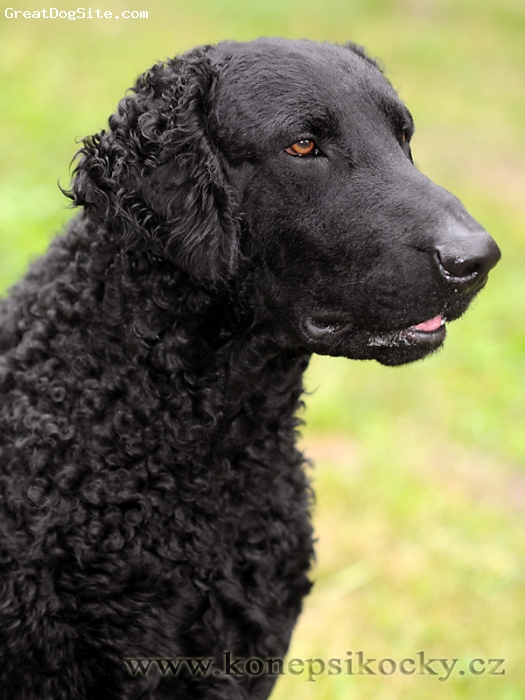Are Lab Puppy S Tails Curled

Tails probably come in as many varieties as dogs do, and in this article we’re going to focus on some of our favorites — the curly tails! While these breeds are great in many ways, their curly.
Are lab puppy s tails curled. Broken tail syndrome goes by a variety of other names: cold water tail, limber tail syndrome;, dead tail and more. With all these names, you get the idea that something is wrong with the dog's tail. Quite common in Labs, especially sporting dogs, it looks worse than it is. Unlike people, in healthy dogs and puppies, the bones of the spine extend way beyond the pelvis to form a long straight tail. But there are genes that dogs carry, which can alter the state of that tail to form a corkscrew or curled effect. But sadly there are some serious adverse effects to the cute curly tail. Curly tails aren’t a feature reserved for pigs. Multiple breeds of dog sport tightly curled tails. Big dogs and little dogs alike rock curly tails, and although this list is not all-encompassing, it highlights a few of the more popular curly-tailed breeds. My pure breed choc lab puppy has a curled under screw like tail when i try to straighten it, the tail will onlu - Answered by a verified Dog Veterinarian We use cookies to give you the best possible experience on our website.
A curled tail can be one of the more effective clues for this purpose. There aren’t a whole lot of breeds that feature curly tails as a distinctive trait. The design of the tail can narrow down this limited number of dogs even further, as metrics like tail length and fluffiness can be telling signs regarding your dog's DNA. my lab puppy has a curly tail, does that mean he's not full-blooded? I was told full-blooded labs are supposed to have straight tails. He looks full-blooded to me, but someone told me he wasn't just because of his tail. A curled tail – sometimes called ring rail – is a dog tail that curls upward towards the back to form a small curl. Northern, cold weather breeds like the Shiba Inu, Akita, and Siberian Husky have curled or sickle shaped tails that actually help them retain body heat and keep warm during the harsh winters. Watch for these dog tail positions discussed below in your own dogs and how they carry their tails in various interactions with other dogs and it may help you to begin to understand more about how your dog really feels and sees the world. 1 – Your dog carries its tail practically horizontal, yet not stiff, and pointing away from its body.
The tail should follow the topline in repose or when in motion. It may be carried gaily, but should not curl over the back. Extremely short tails or long thin tails are serious faults. The tail completes the balance of the Labrador by giving it a flowing line from the top of the head to the tip of the tail. Tails are rather curious appendages — at least from the point of view of those of us without them. Some tails are long and whip-like, others are little more than a nub and still others curl up and over the back. Generally, dogs (and cats, too) use their tails for communication, and some water-loving dogs use their tails as rudders when they swim. The Labrador breed standard was created in the early 1900’s and while there have been a few minor changes and extensions since, it’s still the same standard that’s in use today. (You can read about Labrador History here.). Breeders use the standard as the blueprint in their breeding programs, as the ideal dog to aim for, to ensure the purity, continuation and future of the breed. Sometimes a tail held in a neutral or low position just means the dog is incredibly relaxed — this even happens to dogs with curled tails like Pugs, whose tails unravel and go straight when resting.A dog who carries his tail lower than usual can also be indicating that he is in pain, or exhausted from too much exercise.. It’s important to keep in mind that the normal tail carriage varies.
Dog Tail Indicates Breed: What is your Dog Tail Shape? Curled Tail. It is have studied that the northern cold weather dog breeds such as Siberian husky, Akita, Alaskan Malamute, Shiba Inu, Chow chow, American Eskimo dog etc. have a curled tail which is normally brushed, curl forward and sickle-shaped. By why this kind of tail? This kind of tail helps the dog breeds to keep their face and nose. The Lab is a calm house dog, playful yard dog, and intense field dog, all on the same day. Labs are eager to please, enjoyslearning, and excel in obedience. It is a powerful breed that loves to swim and retrieve. Labradors needs daily physical and mental challenges to keep occupied. A bored Lab can get into trouble! Lab tails can curl up and do. Doesn't have anything to do with being pure "bread" (couldn't resist) but for showing the thick straight otter tail is a requirement. Maddy has a thinner curled up tail, she's from field lines, but pet bred, and it's very typical of that type of breeding. The Tension in the Tail. In Pugs and other breeds with curled tails, a tense tail looks different: The existing curl in the tail simply gets tighter the more aroused the dog gets, eventually curling over itself again. In these dogs, a tensed tail doesn't always mean aggression, and can simply indicate excitement.



















